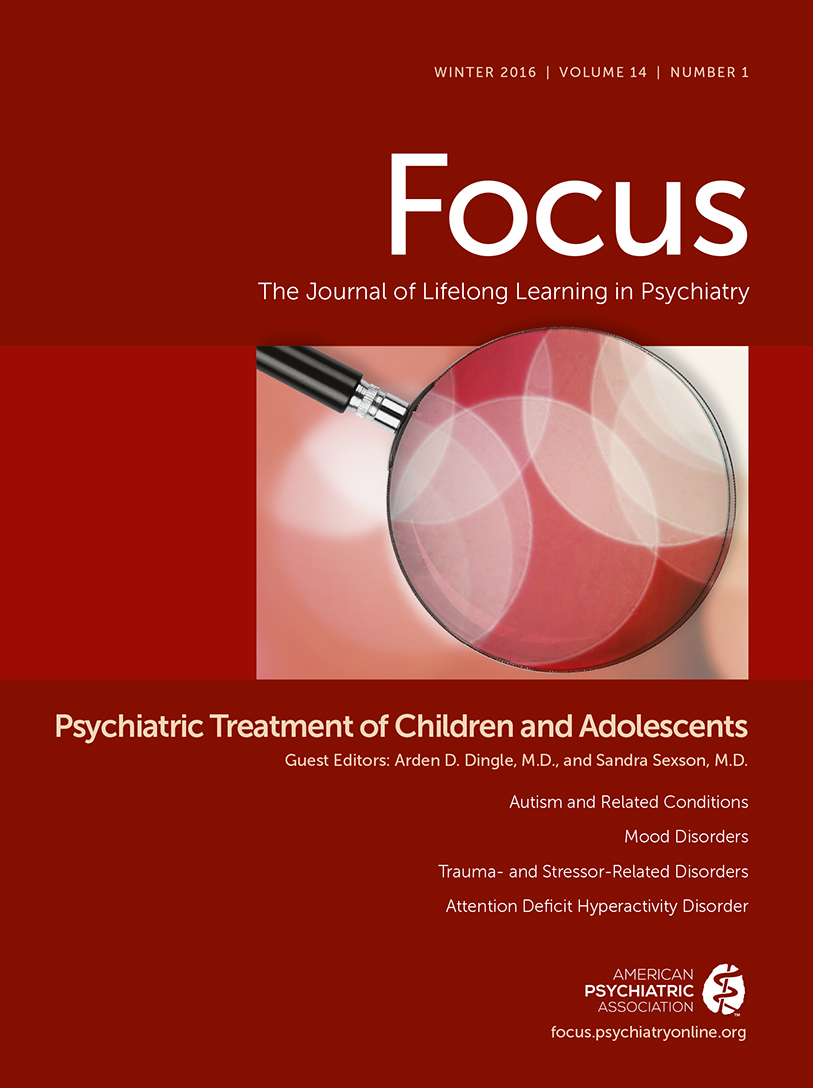Anxiety Disorders Among Children and Adolescents
Abstract
Anxiety disorders represent the most common psychiatric illnesses affecting children and adolescents. Youths who suffer from anxiety disorders typically experience impairment in social, family, and educational domains of functioning. Despite the prevalence of youth anxiety disorders, identifying anxiety as the underlying cause can be a challenge. This article summarizes recent changes in diagnostic criteria in DSM-5, reviews core features of anxiety, and discusses how to recognize anxiety among youths. It also provides recommendations on how to differentiate anxiety from other diagnoses, with a focus on attention-deficit hyperactivity disorder. Suggestions for evidence-based assessment methods and instruments will be made. This article will also review the current evidence base for treatments and provide recommendations for managing refractory cases from a behavioral perspective. The scope of the review focuses on the following constellation of anxiety disorders: separation anxiety disorder, social anxiety disorder, panic disorder, agoraphobia, specific phobia, and generalized anxiety disorder. Although obsessive-compulsive disorder is not categorized with the other anxiety disorders in DSM-5, it will also be covered within this review.



